How to Optimize Your Trimming Process with a Kief Screen
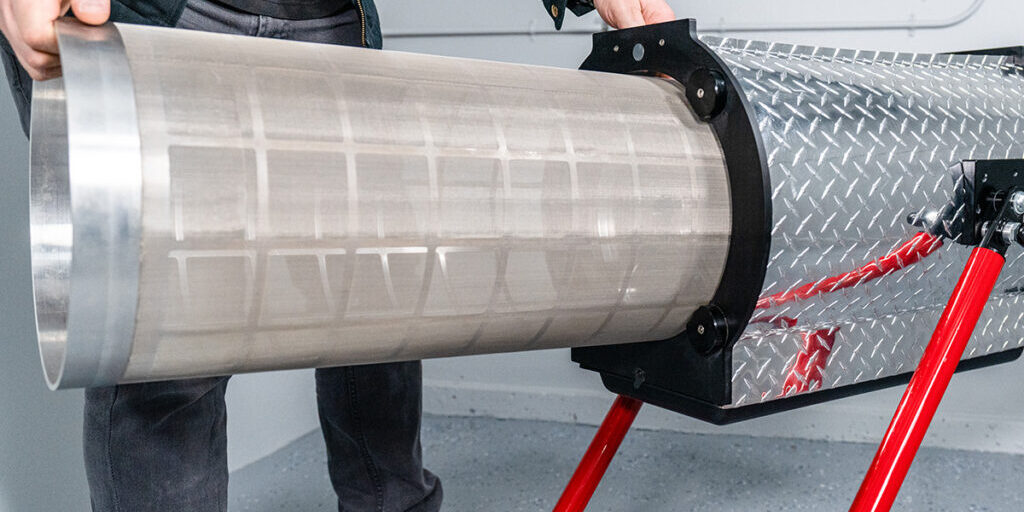
The cannabis market is set to be worth approximately $444 billion by 2030. As it grows more competitive, it’s becoming increasingly important for cannabis processors to ensure they’re maximizing every part of their harvest. Kief or dry sift, made up of loose cannabis trichomes, is a valuable byproduct worth collecting for any cannabis operation.
Kief can be used to create a wide range of products, from moon rocks to rosin, hash, potent pre-rolls and edibles. While other cultivators focus exclusively on flower production, optimizing your trimming process for kief collection can unlock additional revenue streams or be used to increase the quality of your extracts.
So, how do you optimize your trimming process with a high-quality kief screen? Here’s everything you need to know to refine, optimize, and improve your trimming process to gather the purest kief.
What Is Kief and What is it Used For?
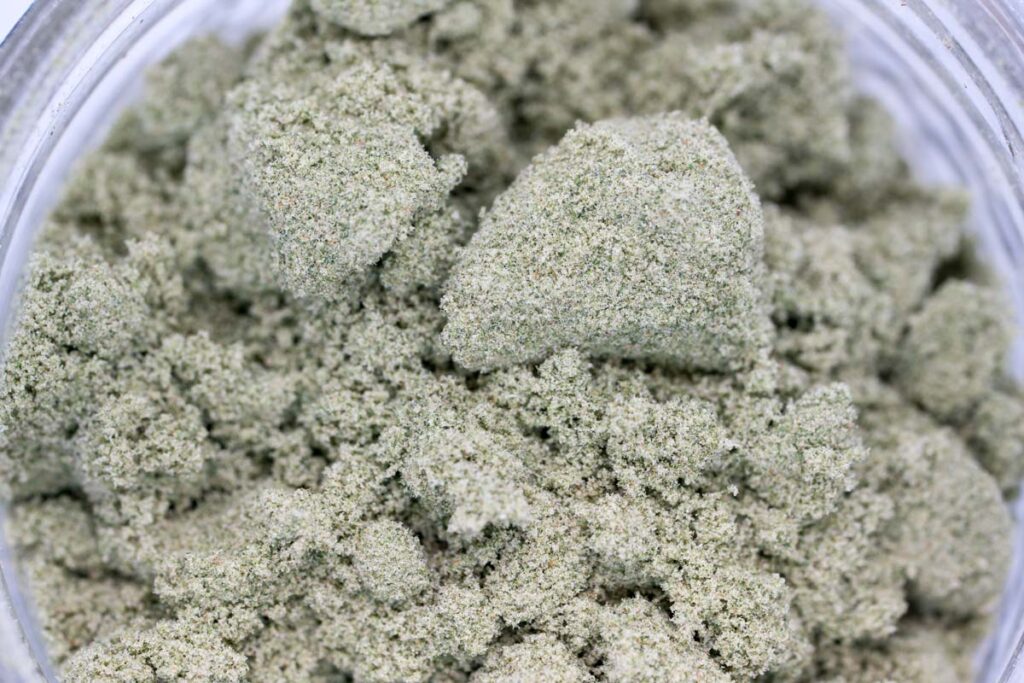
Kief, otherwise referred to as pollen or dry sift, is sourced from the tiny resin glands attached to trichomes throughout the cannabis plant. These microscopic structures are densely packed with cannabinoids and terpenes that help to give cannabis products their distinct effects and aromas.
Throughout the trimming process, kief naturally separates from the plant material and can be collected in trays or through sifting screens. Though it’s easy to overlook, kief is a valuable addition to a cannabis product collection. Prized for its high potency, kief is popular among consumers seeking products with higher potency.
In some instances, the average potency levels found in kief can range from 50-80%, making it an excellent product to process for use in things like edibles, tinctures, or pre-rolls. Plus, kief can be used as a critical component in secondary processing for highly popular products like rosin and hash.
Cultivators who understand how to maximize kief collection during the trimming process can add another layer of profitability to each harvest, creating new avenues for revenue, and ensuring nothing from their plant collection goes to waste.
How to Optimize Trimming with a Kief Screen
To ensure you collect as much of the purest kief possible during the trimming process requires an investment in the right machinery, tools, and strategies. Your overall process will vary depending on how you’re harvesting and trimming plants, but there are three core steps you’ll need to follow to get the best results.
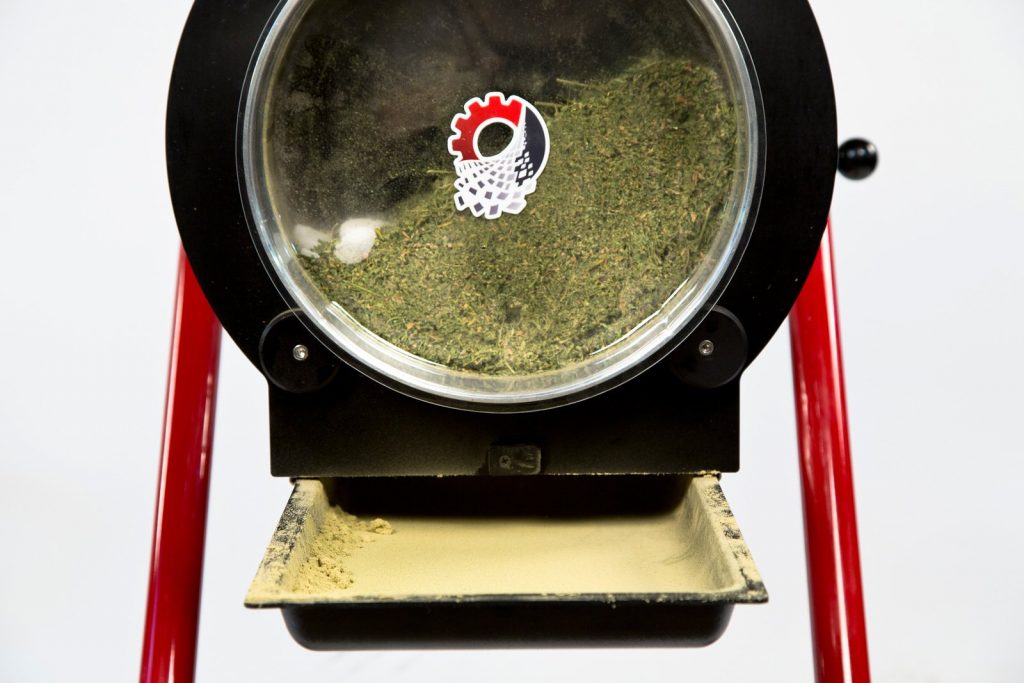
Step 1: Choose the Right Kief Screen for Your Operation
First, you need the right kief screen for your workflow. A kief screen is essentially a simple mesh sieve designed specifically to separate the trichomes from your plant material after the trimming process. Selecting the right screen, or even multiple screens in some cases, is essential to capturing the high-value byproduct that accumulates on your plants.
There are a few factors that cultivators need to consider when choosing an effective kief kit or screen, to optimize yield, purity, and potency, such as:
- Screen Size (Micron Count): Kief screens come in different micron sizes, which determine the size of particles that pass through the mesh. Micron count is a critical factor, as it directly affects the quality and quantity of kief collected. Screens typically have micron sizes ranging from 70 to 200 microns, with smaller sizes capturing finer trichomes and larger sizes allowing more material to pass through. This balance enables producers to achieve their desired combination of yield and refinement.
- Durability: The materials used in a kief screen make a difference, too. Stainless steel is popular because it’s easy to clean and resists regular wear and tear. Polyester mesh is more lightweight and affordable, but it can degrade a lot faster with heavy use, making these screens less ideal for trimming cannabis at scale.
- Intended Product: If you’re producing various product types, such as kief pre-rolls or solventless extracts like rosin or hash made from kief, then you may consider options for multiple screens. More variety will give you more freedom throughout the production process.
Integrating a Kief Screen into Your Workflow
Once you choose the ideal screen for your specific needs, you’ll need to integrate it effectively into your post-trimming workflow. For instance, trimmers such as the Triminator Dry series are highly versatile, allowing them to function as kief tumblers by simply swapping out the standard trimming drum and inserting the mesh tumbler. The kief screen slides smoothly into the trimming machine, and the tray below efficiently gathers the pollen. Not all machines are designed this way, so be sure to confirm the specifics for your machine.
How to Optimize Your Trimming Process with a Kief Screen
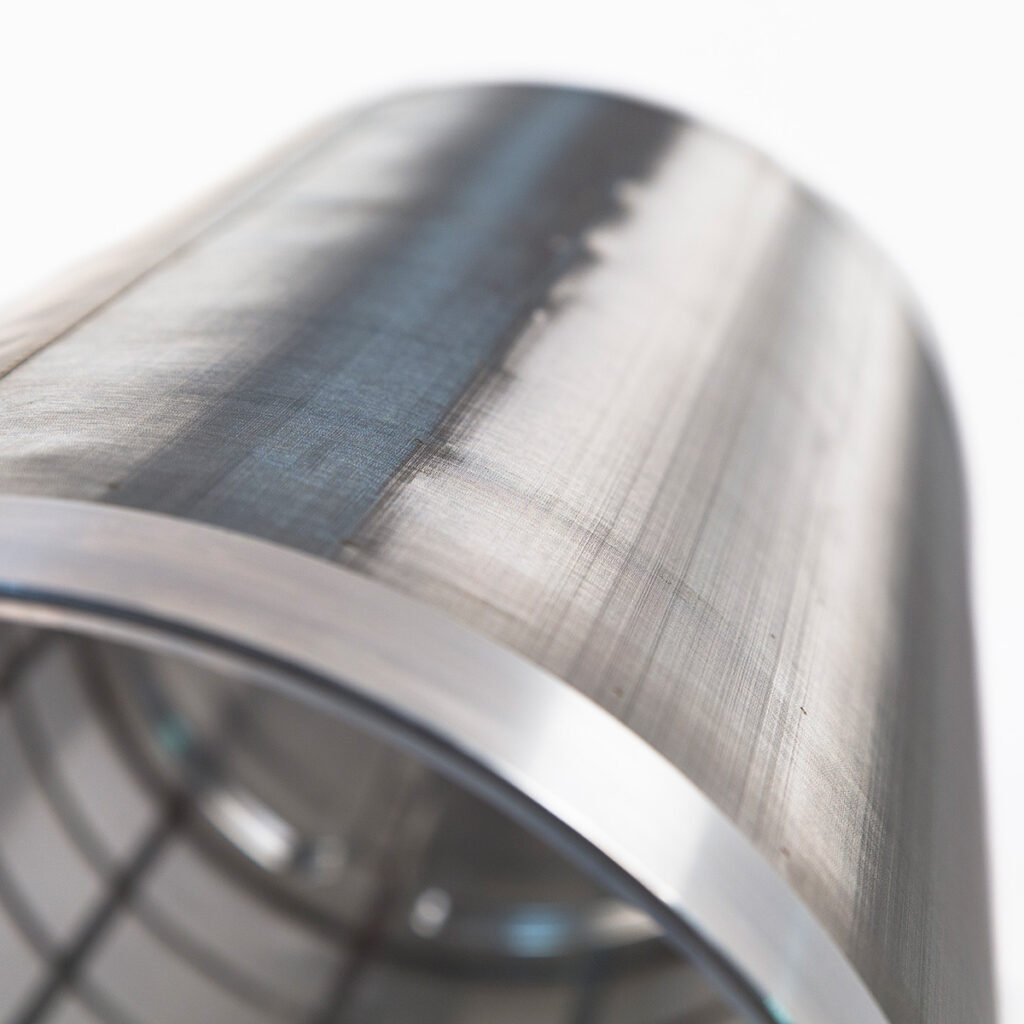
Make sure your screen is properly secured to prevent unnecessary movement during operation. A loose screen could result in the loss of valuable trichomes or product contamination.
During kief collection, ensure the plant material is evenly distributed across the mesh or within the drum to promote efficient trichome separation, and maintain optimal machine setting for consistent results. Avoid applying excessive pressure or using overly aggressive machine settings, as trichomes are notoriously delicate and can be damaged during the process.
Remember, to optimize kief collection efficiency, you’ll need to clean your screens regularly to minimize residue buildup that could block the mesh. It’s also important to control the temperature and humidity levels in the area chosen for processing.
Lower temperatures help trichomes become more brittle, making them easier to sift. Incorporating a cold room or dry ice into the process can enhance efficiency.
Step 2: Optimize Your Trimming Technique for Maximum Kief Yield
During the trimming process, it’s imperative to preserve the trichomes on the buds themselves as much as possible. This will ensure the flowers you’re selling directly can fetch the highest price, with the strongest trichome density and potency.
However, you should also implement strategies that allow for the extraction of kief from the trim. The trim (or removed plant material) can be an excellent source of kief, which can be used for hash production, rosin creation, and other product enhancement.
Let’s start with some of the trimming practices you can use to ensure the most potent trim possible:
- Minimize agitation: Trichomes are delicate structures that can easily break off or degrade with excessive handling. The best way to optimize kief yield is to minimize unnecessary agitation during trimming. Use a trimming machine without a fan to minimize air turbulence that might otherwise dislodge trichomes and prevent you from collecting the purest kief. Place the trim into a tumbler and use careful, slow, and deliberate movements during sifting.
- Handle cannabis carefully: Limit direct contact with buds throughout the trimming process. Human touch can inadvertently knock off trichomes or cause resin to stick to gloves or tools. Using a high-quality trimming machine, like those offered by Triminator, reduces touchpoints and preserves trichome integrity.
- Adjust tools accordingly: When trimming manually, use scissors or shears that are sharp and cleaned regularly. Dull tools can crush trichomes instead of cutting cleanly, reducing overall kief quality. In automated systems, adjust the blade speed and angle to ensure precision trimming without unnecessary force.
Processing Trim for the Purest Kief Collection
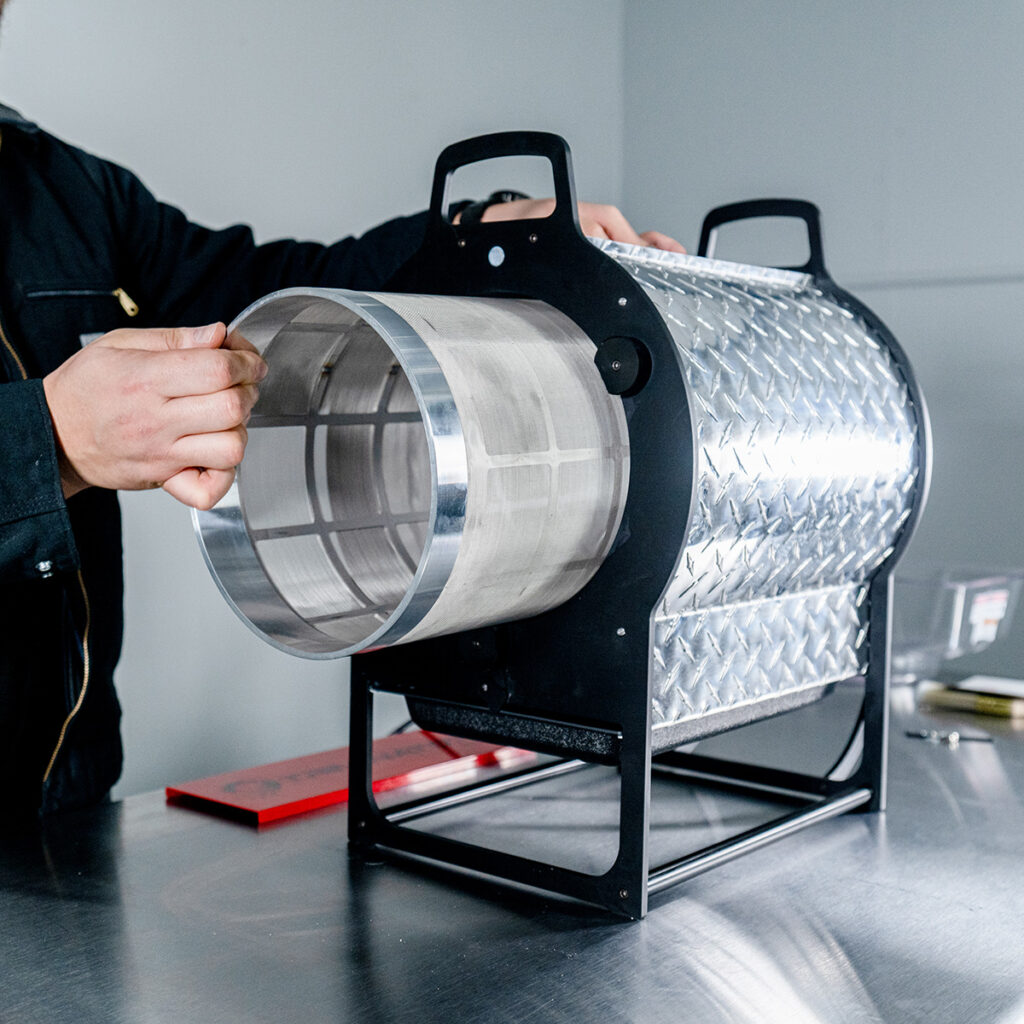
After trimming, the collected trim material becomes the basis for kief production. A kief screen tumbler is an essential tool for this step, effectively separating trichomes from plant material. However, you can also use additional steps to enhance the collection and sifting process.
For instance, adding dry ice to a kief tumbler can reduce the stickiness of trichomes, by making them brittle and allowing them to separate from plants more easily. Dry ice also cools the trim, helping to minimize the loss of volatile terpenes.
Make sure you’re cautious about how long you spend sifting kief too. Over-tumbling can lead to contamination with plant matter. For the best results, keep run times short — usually one to three minutes per batch. Experiment to find the balance between yield and purity.
Again, remember that environmental conditions can play an important role here. High humidity levels cause trichomes to become sticky, leading to material clumping and loss as trichomes adhere to equipment. Aim to maintain humidity levels around 55% during both trimming and tumbling.
High temperatures and temperature fluctuations can also impact the structural integrity of trichomes. Keep your processing area cool to prevent trichomes from softening and sticking to equipment. A stable environment ensures the quality and yield of the kief remain consistent.
Step 3: Collect, Store, and Use Kief Effectively
After you’ve completed the trimming process either with a manual or automatic bud trimmer, and collected the kief using the correct kief screen, the next step is ensuring you’re handling, storing, and making the most out of your collection.
Top Tips for Collecting and Handling Kief
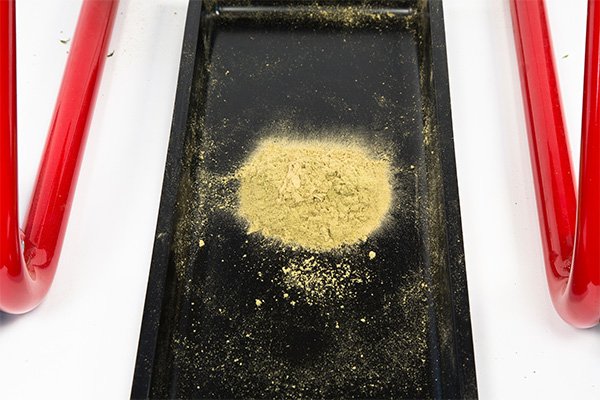
Once kief is sifted through the screen, careful handling is essential to avoid losing valuable trichomes. Follow these steps for efficient collection. Here are some quick tips to help:
Use anti-static tools: Use anti-static brushes or scrapers to gather kief from the collection tray. These tools reduce static cling, preventing trichomes from sticking to surfaces and being wasted in the long-term.
Choose the right transfer methods: Use small, smooth-edged tools like spatulas or funnels to transfer kief to storage containers. Avoid using your hands, as body heat and oils can degrade trichome quality.
Select a clean environment: Work in a clean, dust-free environment to avoid contamination. Even small impurities can affect the purity and value of the kief.
Storing Your Kief
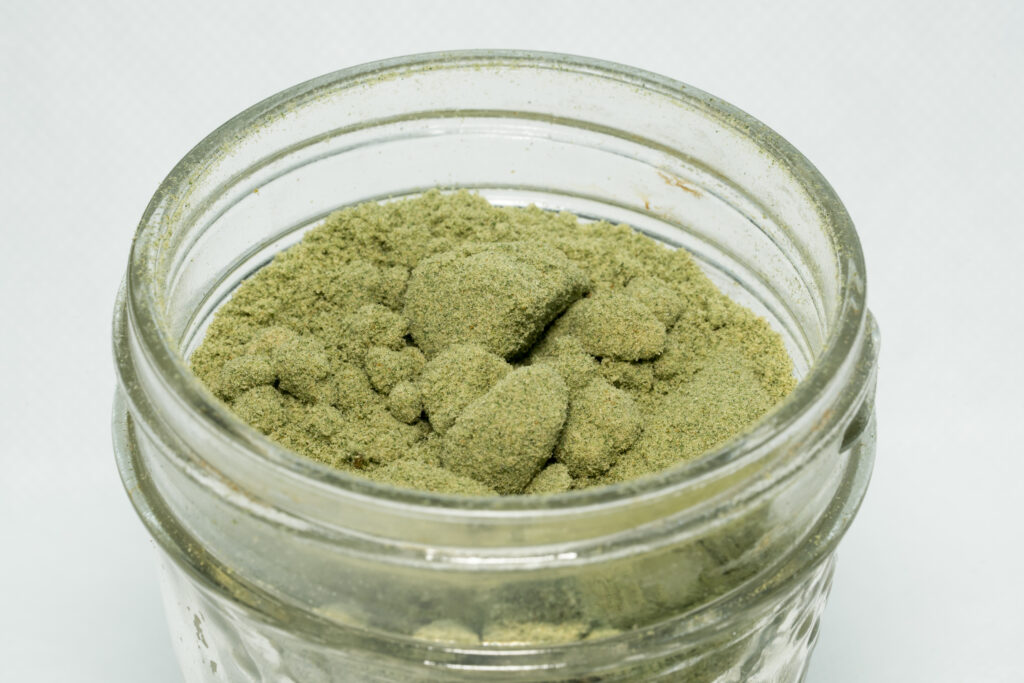
Just as you need to store your flowers carefully after trimming, choosing the right storage methods for kief is important too. Store kief in airtight containers to maintain potency and protect your product from environmental factors. Glass jars with tightly sealing lids are excellent for preventing moisture and air exposure, although vacuum-sealed bags could be another option.
Store your kief in a cool, dark place to avoid degradation from heat, light, or humidity. Excess moisture can lead to mold, while heat can reduce the potency of cannabinoids and terpenes.
Additionally, make sure you’re labeling your kief correctly. Add batch details, including the date of harvest and the strain to each label to help streamline and improve inventory management.
Making the Most of Your Kief
Kief’s high potency and versatility make it a valuable ingredient for a wide range of cannabis products, allowing producers to meet diverse consumer preferences while boosting profitability. Just some of the product options you can explore include:
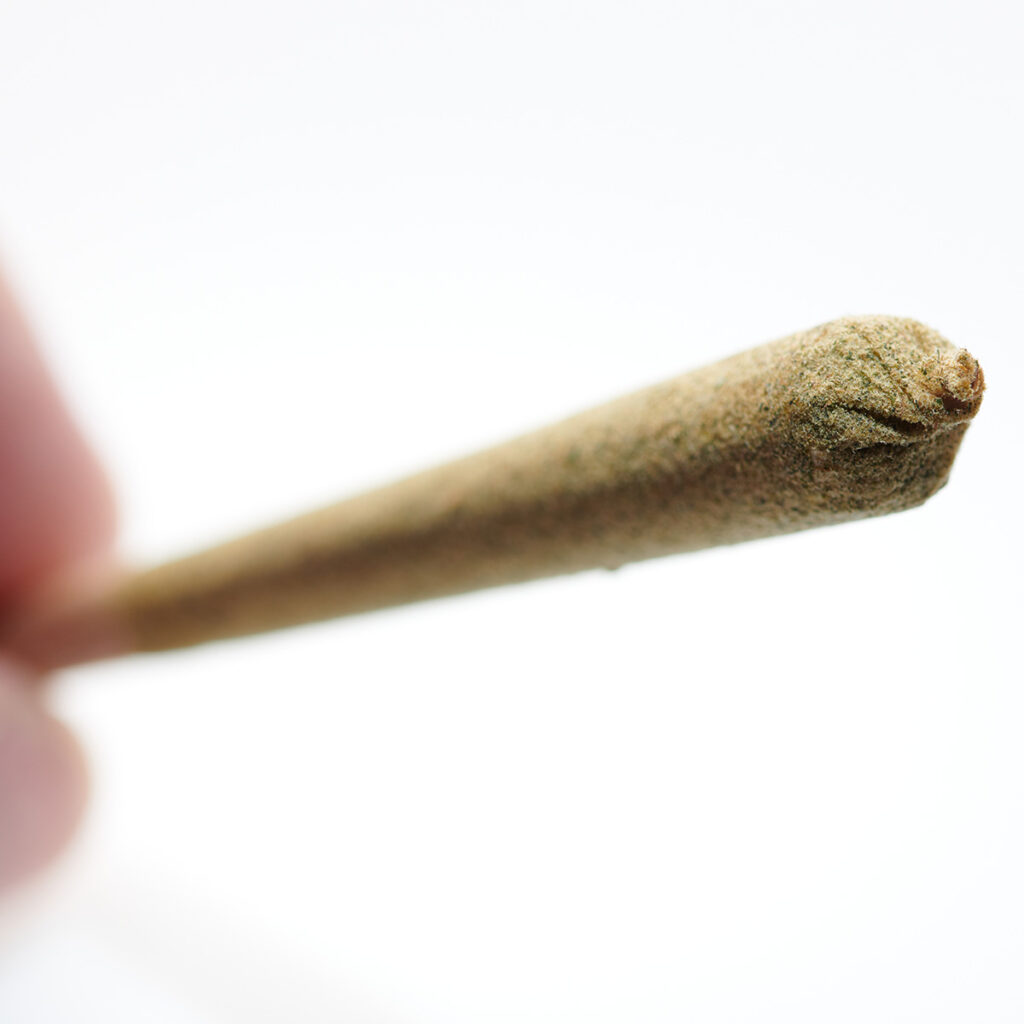
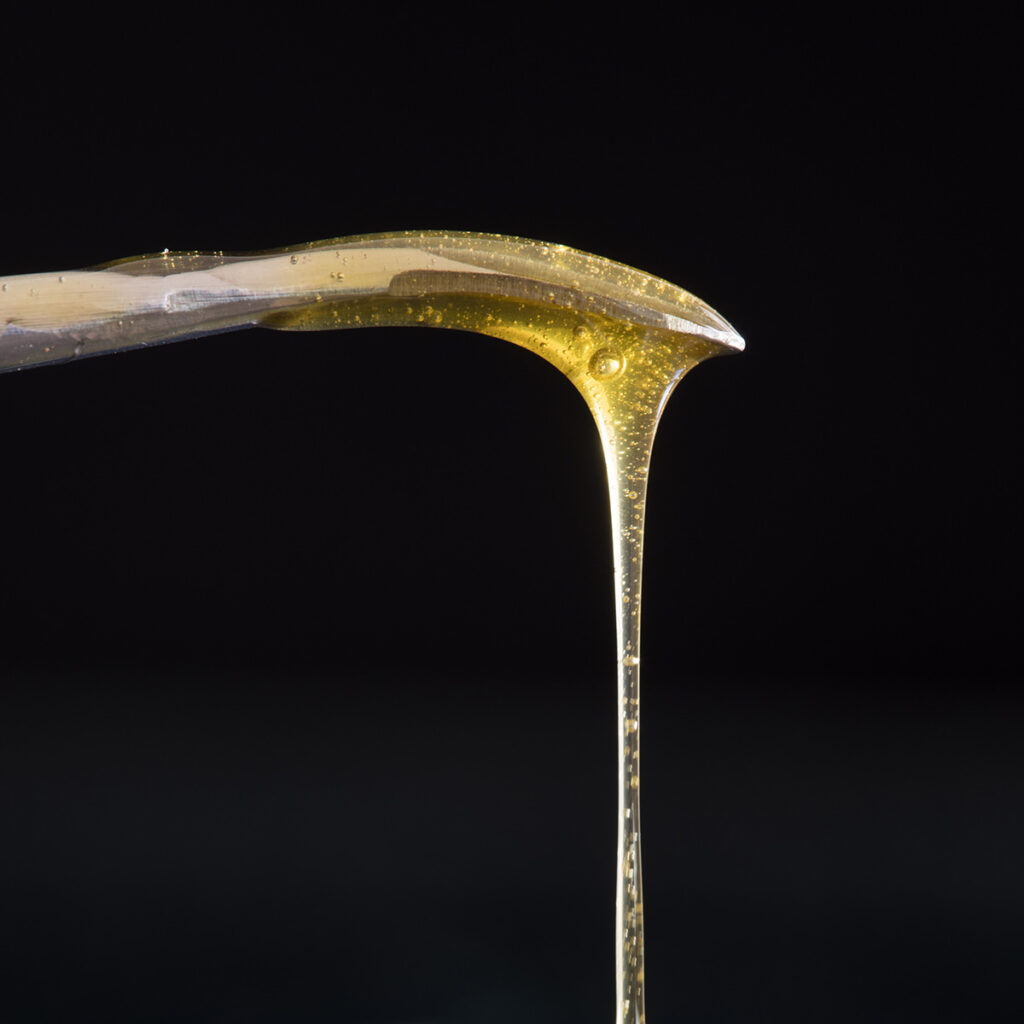

- Pre-Rolls: Add kief to pre-rolls for a premium product, often referred to as infused joints. This appeals to consumers seeking enhanced potency and flavor. You may even be able to charge higher prices for your pre-rolls based on potency.
- Rosin: Kief is an excellent starting material for producing solventless concentrates like rosin. This product caters to high-end markets focused on purity and terpene retention.
- Edibles and Infused Oils: Kief can be decarboxylated and infused into butter, oils, or other base ingredients for edibles. Its concentrated potency reduces the amount of material needed, offering cost efficiency. Plus, edibles are growing increasingly popular among consumers, growing at a rate of 16.5% CAGR worldwide.
By collecting kief from trim — a byproduct that you might otherwise discard — you can unlock an extra revenue stream with a minimal demand for extra processing and work. Premium markets, in particular, value kief for its potency, and high-quality kief can command significant prices per gram. Diversifying your product offerings with kief-based options helps you attract a broader customer base and maximize the value of your harvest.
Maximize Your Harvest with a Kief Screen
Effectively integrating kief collection into your trimming process can significantly increase the value of your harvest. With the right kief screen and the correct techniques, you can turn an overlooked byproduct into a high-demand product that boosts your profitability.
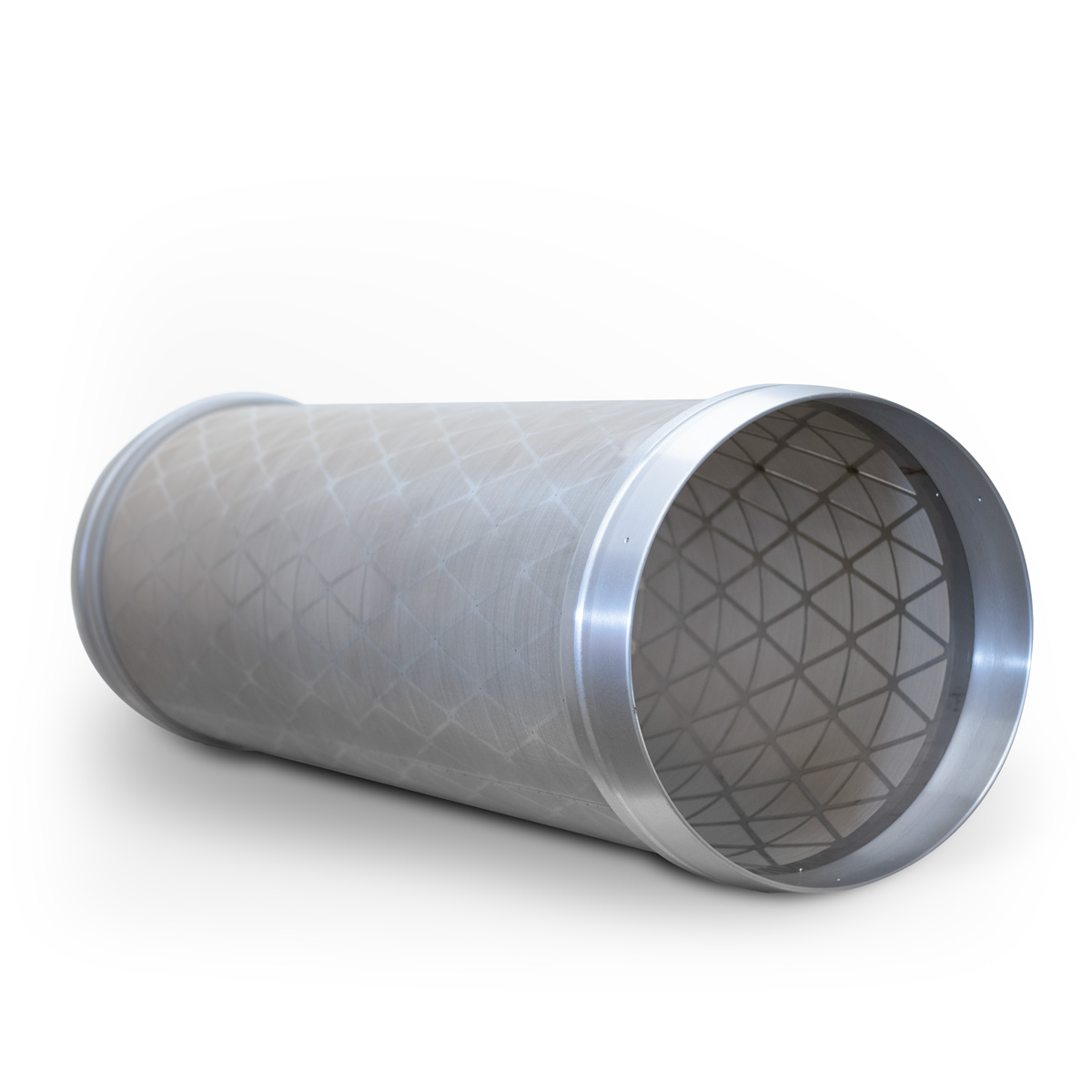
Triminator Kief Tumbler Kit
Whether you’re looking to create premium concentrates, edible products, or infused pre-rolls, optimizing kief extraction is an excellent first step. If you’re ready to enhance your trimming and kief collection process, Triminator has all the tools you need. From intuitive trimming solutions for small and large-scale operations to innovative kief screens and kits, our solutions will help you achieve amazing results with minimal effort.
Explore our wide range of tools for cannabis cultivators. Contact us today.
Like what you read?
Get more insider industry knowledge sent right to your inbox
"*" indicates required fields